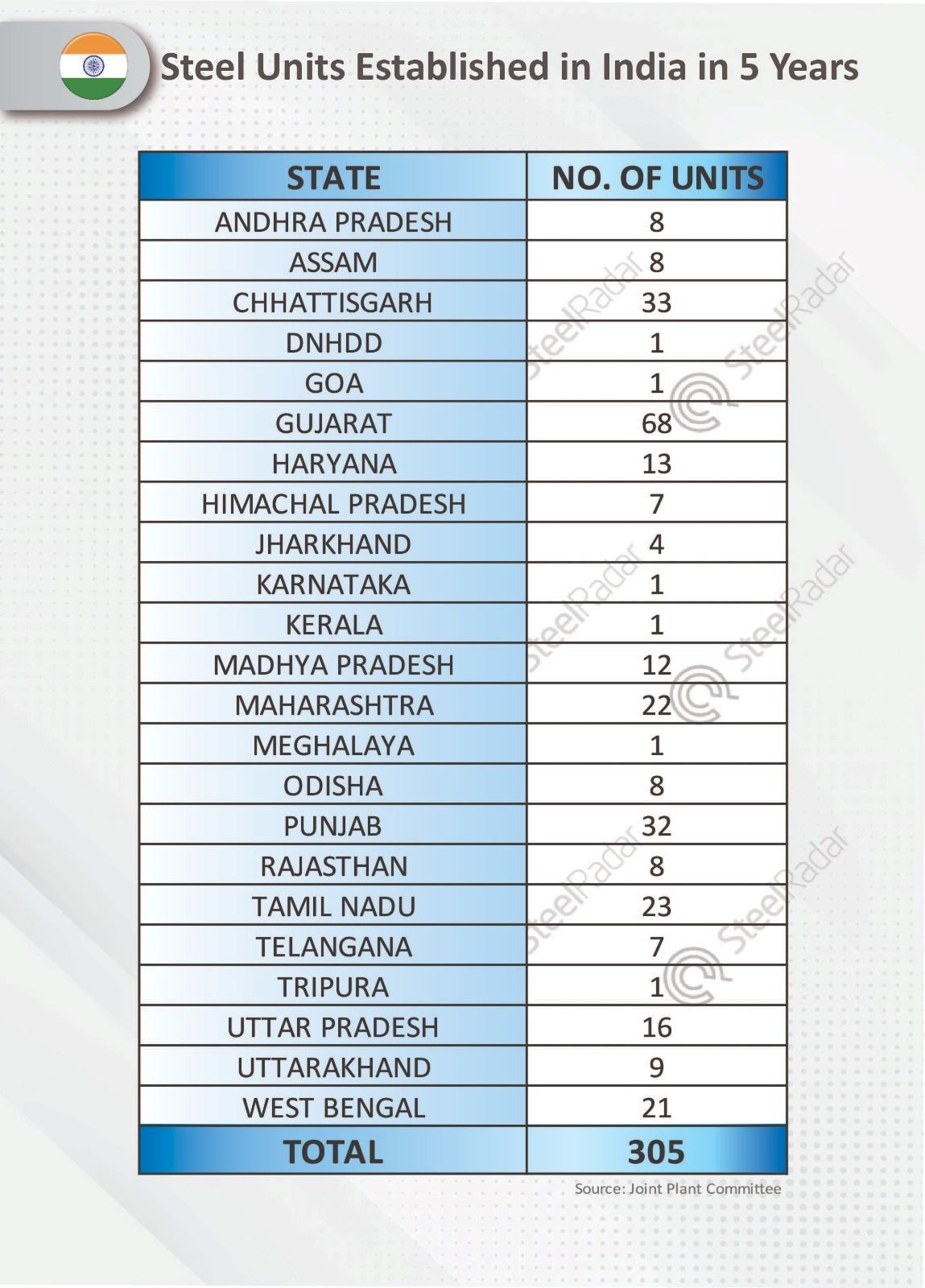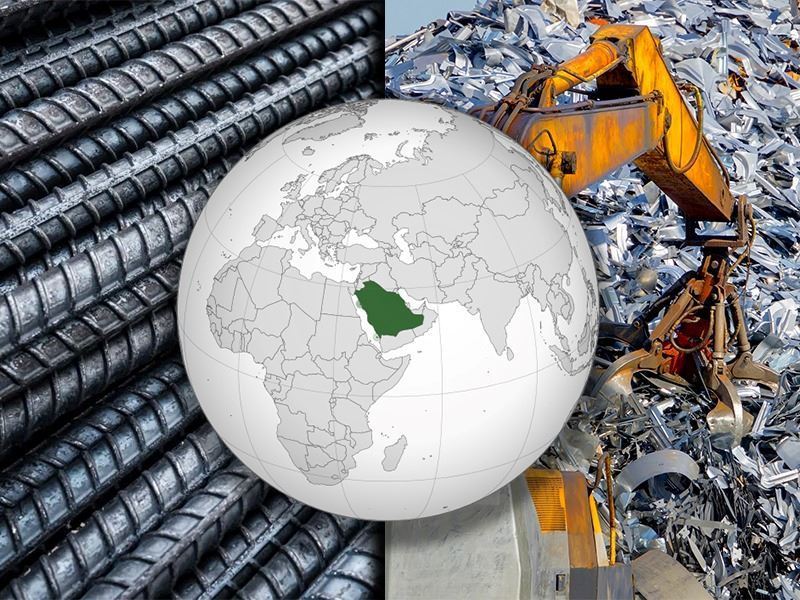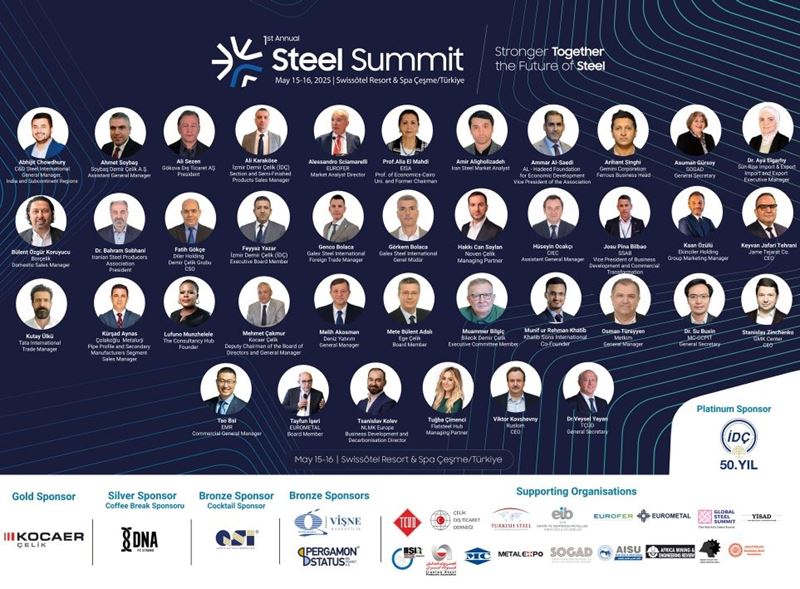The Indian Ministry of Steel has made a comprehensive statement on the number of steel units set up across the country over the past five years. These units, which include micro, small, and medium enterprises (MSMEs), reflect the dynamism of India’s growing steel sector as it moves toward the targets of the 2017 National Steel Policy (NSP).
Current status and targets
According to a statement by the Minister of State for Steel and Heavy Industries, Bhupathiraju Srinivasa Varma, India’s crude steel capacity reached 179.51 million tons in the 2023-2024 financial year. This figure represents significant progress toward the 300 million ton capacity target set by the NSP for the 2030-2031 financial year.
According to data shared by the ministry, a total of 305 new steel units have been established since 2018. While some of these units are SMEs, they have contributed significantly to the expansion and diversification of the industry across a wider geography.
State-based performance
Gujarat led the way with 68 steel units established over five years, accounting for nearly 22% of the total. It was followed by Chhattisgarh with 33 units and Punjab with 32 units. Tamil Nadu, Maharashtra, and West Bengal also hosted more than 20 units, reflecting the dynamism in the steel sector.
On the other hand, some regions lagged behind. States such as Karnataka, Kerala, and Meghalaya were only able to set up one unit each. In South India, Andhra Pradesh, Telangana, and other states hosted a total of 40 steel units, accounting for only 13% of the total.
Challenges and dynamics in the sector
The differences in the regional distribution of steel units are due to factors such as access to raw materials, proximity to ports, and logistics. The steel sector, which is subject to liberal regulation, generally leaves plant construction decisions to industry stakeholders based on technical and commercial feasibility. Although the steel sector has seen significant growth, the imbalance in resource allocation makes it difficult to achieve targets in some regions. To address this issue, the Ministry of Steel continues its efforts to create a favorable policy environment for the sector.











Comments
No comment yet.